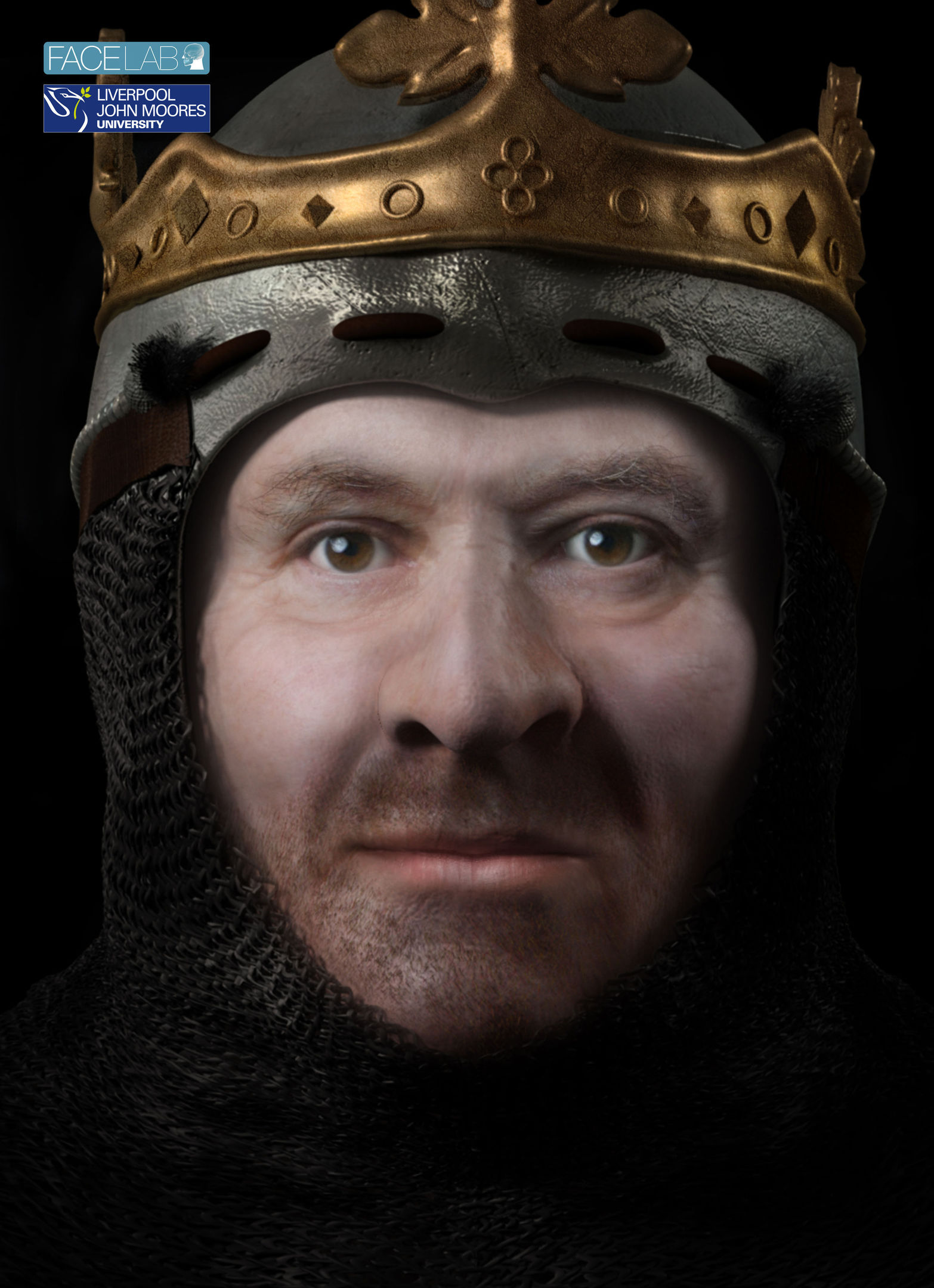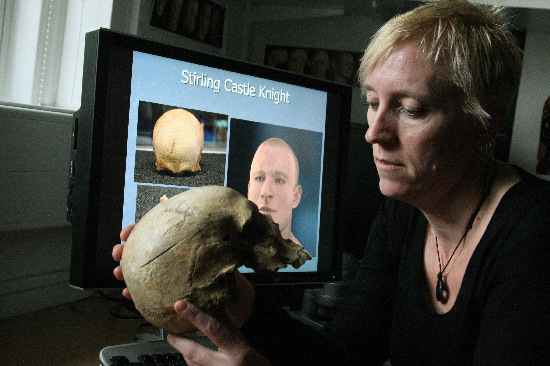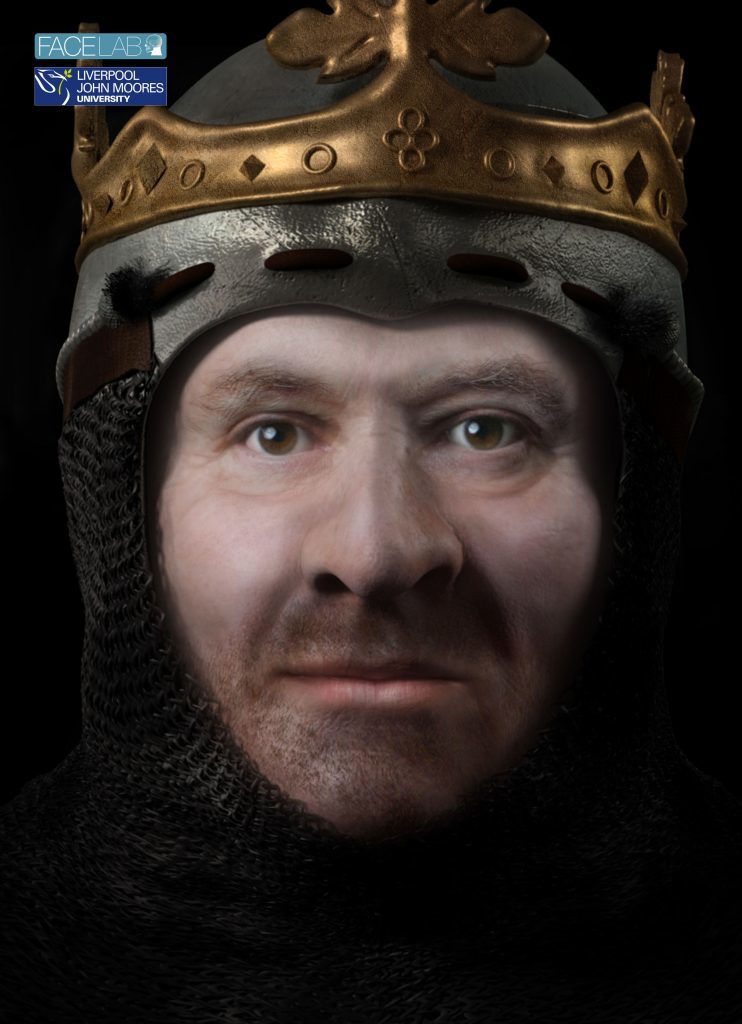A former Dundee University scientist has helped to create detailed virtual images of what Robert the Bruce may have looked like, almost 700 years after his death.
Science and history experts used a cast of what is believed to be the Scottish king’s skull, which belongs to the Hunterian Museum in Glasgow, to determine the shape and structure of his face.
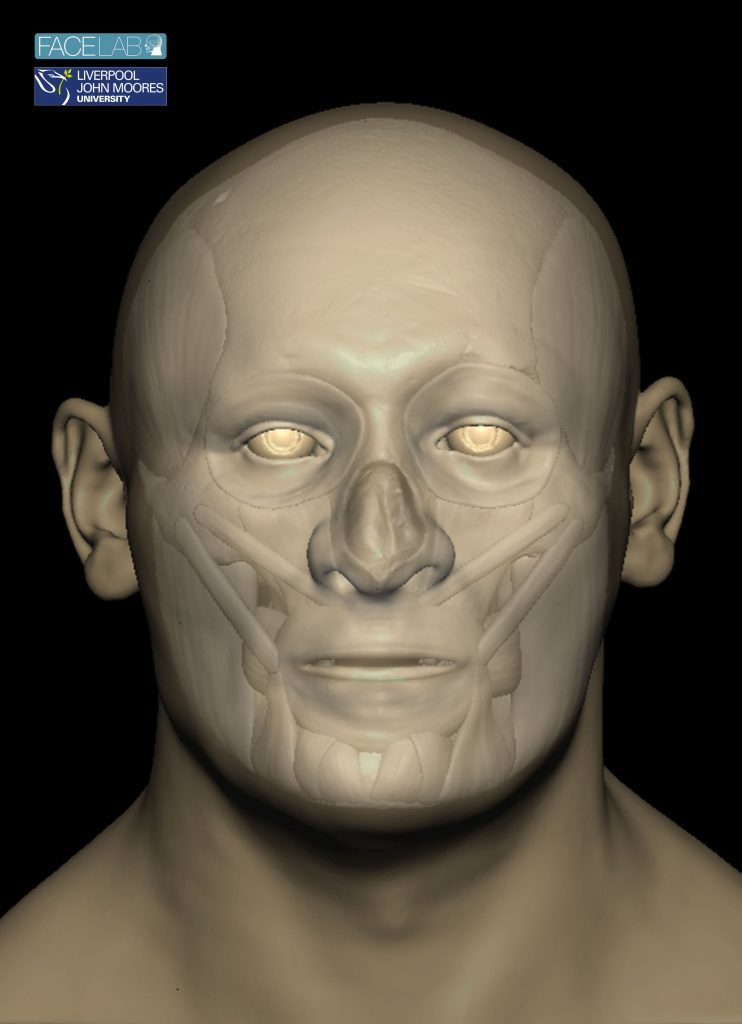
The images are the outcome of a collaboration between historians from Glasgow University and craniofacial experts from Liverpool John Moores University (LJMU).
Professor Caroline Wilkinson, who spent nine years in Dundee and became well-known for her work with its Centre for Anatomy & Human Identification (CAHID), was called on by project lead Dr Martin MacGregor, a senior lecturer in Scottish history at Glasgow University.
The Bruce, who reigned in Scotland from 1306 until his death in 1329 aged about 55, is famed for his victory at the battle of Bannockburn in 1314.
One of the images depicts a man in his prime, a large and powerful male head that would have been supported by a muscular neck and stocky frame.
Researchers said it is the face of a privileged individual who enjoyed the benefits of a first-class diet and whose physique would have equipped him for the brutal demands of medieval warfare.
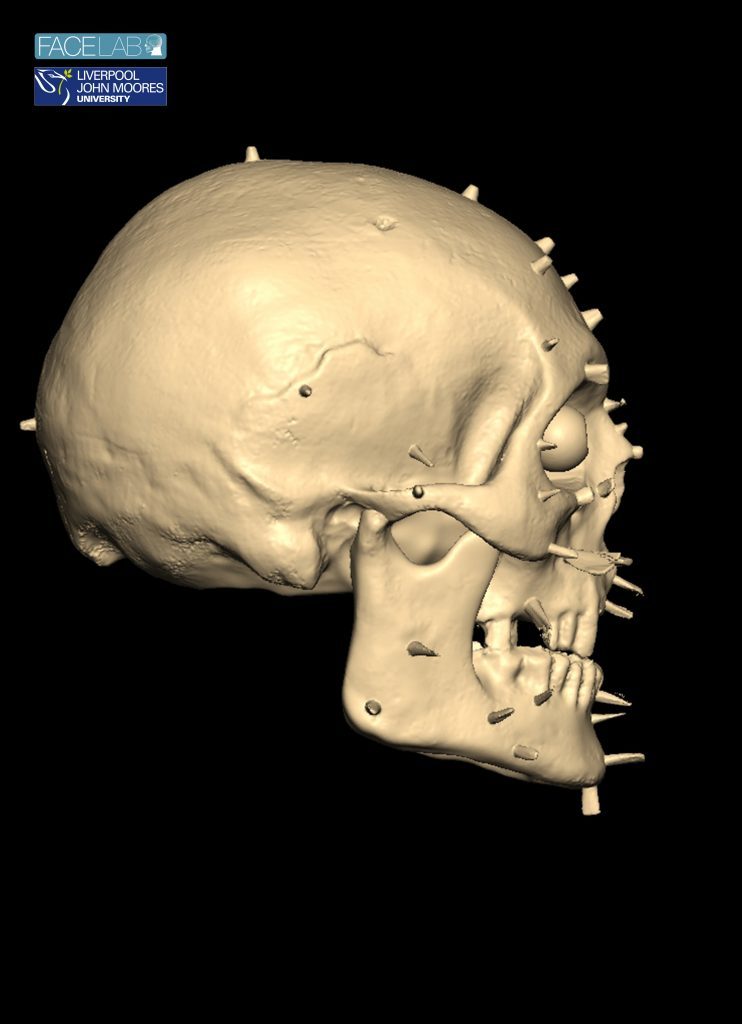
However, the skull exhibits likely signs of leprosy, disfiguring the upper jaw and nose, and researchers have created a second image to reflect that.
Dr MacGregor was inspired by the discovery of the skeleton of King Richard III of England beneath a car park in Leicester in 2012.
He said: “The case of Richard III revealed how far the technology had advanced.
“I saw an opportunity to apply the technology to the Hunterian skull held here at Glasgow: first to test the credibility of its connection to Bruce and then to try to add to our knowledge of Scotland’s greatest king.
“The skull was excavated in 1818-19 from a grave in Dunfermline Abbey, mausoleum of Scotland’s medieval monarchs.
“After the excavation the original skeleton and skull were sealed in pitch and reburied, but not before a cast of the head was taken.
“Several copies of the cast exist, including the one now in The Hunterian, but without the original bone we have no DNA.
“The Hunterian also holds a piece of toe-bone said to have come from the same grave, and not returned to it.
“We had hoped to try and obtain DNA from this and test it against a living descendant of Robert the Bruce, but the bone would probably have been destroyed in the process.”
Professor Wilkinson, director of LJMU’s face lab, carried out the facial reconstruction.
Prof Wilkinson was also responsible for the facial reconstruction of Richard III.
She said: “We produced two versions – one without leprosy and one with a mild representation of leprosy.
“He may have had leprosy, but if he did it is likely that it did not manifest strongly on his face, as this is not documented.
“In the absence of any DNA, we relied on statistical evaluation of the probability of certain hair and eye colours, conducted by Dr MacGregor and his team, to determine that Robert the Bruce most likely had brown hair and light brown eyes.”
